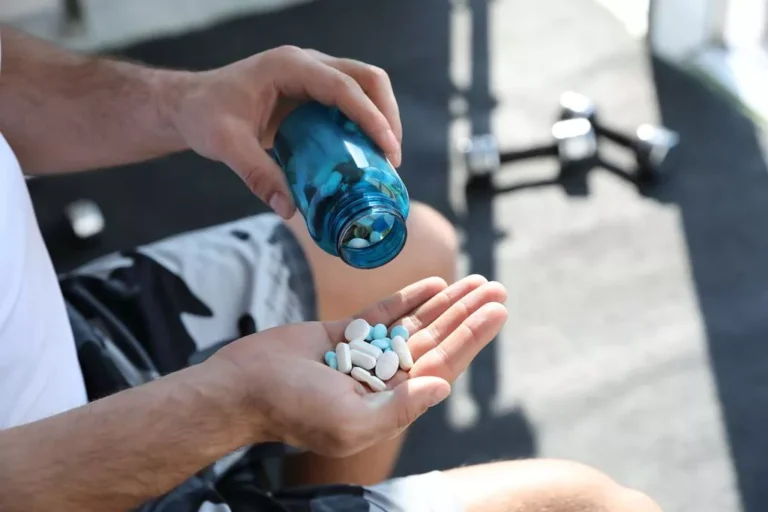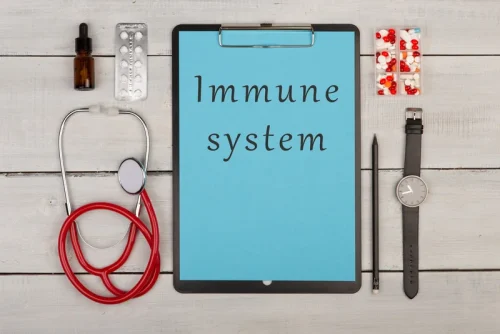Alcoholic Liver Cirrhosis: Symptoms, Causes, Diagnosis, & More

This damage impairs the liver’s ability to function properly, which causes various symptoms and can even be fatal. Alcoholic hepatitis is a syndrome with a spectrum of severity thus manifesting symptoms vary. Symptoms may be nonspecific and mild and include anorexia and https://ecosoberhouse.com/ weight loss, abdominal pain and distention, or nausea and vomiting. Alternatively, more severe and specific symptoms can include encephalopathy and hepatic failure. Physical findings include hepatomegaly, jaundice, ascites, spider angiomas, fever, and encephalopathy.
What Stages Aren’t Reversible?
- However, women may develop the disease after less exposure to alcohol than men.
- You’re likely to have ARLD if your AST level is two times higher than your ALT level.
- Of interest, patients with alcohol withdrawal syndrome (AWS) may have a higher prevalence of inflammation on liver biopsy than do patients without withdrawal syndrome (29).
- The altered ratio of NAD/NADH promotes fatty liver through the inhibition of gluconeogenesis and fatty acid oxidation.
- In a meta-analysis of 10 randomized studies, pentoxifylline failed to show survival benefit at 1 month, but was effective in reducing the occurrence of hepatorenal syndrome by 53% (120).
Consideration of micronutrient deficiencies in alcohol-induced liver disease (Table 2), the following are affected by chronic alcohol consumption and advised to maintain these essential substances in ALD [94]. As compared to men, women are more susceptible to ALD pathogenesis. Women tend to develop the advanced liver disease with less alcohol intake substantially [[31], [32], [33]]. The gender-dependent differences in the gastrointestinal and hepatic metabolism of alcohol are likely to contribute towards the increased susceptibility of women to alcohol-induced liver injury [34]. Furthermore, overexpression of TNF-α mRNA in the liver activates the liver cell functions and macrophages and this caused the pro-inflammatory response and ROS elevation to reveal the liver toxicity.
Liver Failure Stages
Healthcare providers don’t know why some people who drink alcohol get liver disease while others do not. Research suggests possible genetic links, but this is not yet clear. However, eligibility may depend on being abstinent from alcohol for alcoholic liver disease a specific length of time. Abstaining from drinking alcohol is the first step in treating ALD. A team of healthcare providers, which may include psychologists or addiction specialists, can help if you find it challenging to stop drinking.

Brain and nervous system symptoms
Moreover, the current guidelines suggest the intake of protein and calories of 1.2–1.5 g and 30–35 kcal/g respectively. Supporting these values most of the ALD patients have been diagnosed lower range than the normal values. Therefore, nutritional supplementation is needed for ALD patients to reduce the risk of liver cirrhosis [93].
The first step in treating any level of alcoholic liver disease focuses on removing alcohol from the diet. Fibrosis is a buildup of certain types of protein in the liver, including collagen. It can be easy for someone to dismiss the early symptoms as the effects of a stomach bug or general malaise. However, leaving these symptoms undiagnosed and untreated — especially while continuing to consume alcohol — can lead to a faster progression of liver disease over time. The results from one or more of these severity scoring systems are one of the things a doctor may look at when deciding the urgency of your need for a liver transplant.


This requirement theoretically has a dual advantage of predicting long-term sobriety and allowing recovery of liver function from acute alcoholic hepatitis. This rule proves disadvantageous to those with severe alcoholic hepatitis because 70% to 80% may die within that period. Relapse after transplantation appears to be no more frequent than it is in patients with alcoholic cirrhosis who do not have alcoholic hepatitis. Ursolic acid (UA), a triterpenoid found in plants, has many health benefits for liver function. However, understanding how UA intervenes in alcohol-induced ferroptosis remains unclear because of the lack of research. This study explored the protective effects of UA on alcohol-induced liver injury and further elucidated its mechanism of action.
Initial Treatment for Early Alcoholic Liver Disease
Long-term survival in patients with alcoholic hepatitis who discontinue alcohol use is significantly longer than in patients who continue to drink. Three-year survival approaches 90% in abstainers, whereas it is less than 70% in active drinkers. Duration of survival in both groups is considerably less than that of an age-matched population. Patients hospitalized with severe AH often have history of active heavy alcohol use and present with manifestations of the SIRS (56). Sepsis and malnutrition are common among this population (4). Ascites, variceal bleeding, and hepatic encephalopathy may also be present.
- A CT scan of the upper abdomen showing a fatty liver (steatosis of the liver).
- It’s important to identify the trigger whenever possible in case the condition is reversible.
- Obesity, a high fat diet, and hepatitis C can also increase your likelihood of developing alcohol-related liver disease.
In fact, it’s estimated that up to 90 percent of people who drink heavily have some form of this condition. Many pharmacological agents have been used for treatment of AUD including disulfiram, acamprosate, gabapentin, naltrexone, topiramate, sertraline, and baclofen (41). Of these, only baclofen, a γ-amino butyric acid-B receptor agonist has been found to be safe in patients with ALD and cirrhosis.

Liver biopsy is rarely needed to diagnose fatty liver in the appropriate clinical setting, but it may be useful in excluding steatohepatitis or fibrosis. Although 90% of people who drink heavily develop fatty liver disease, only 20% to 40% will go on to develop alcoholic hepatitis. Fatty liver disease can also develop after binge drinking, which is defined as drinking four to five drinks in two hours or less. About 90% of heavy drinkers will develop alcoholic fatty liver disease.

